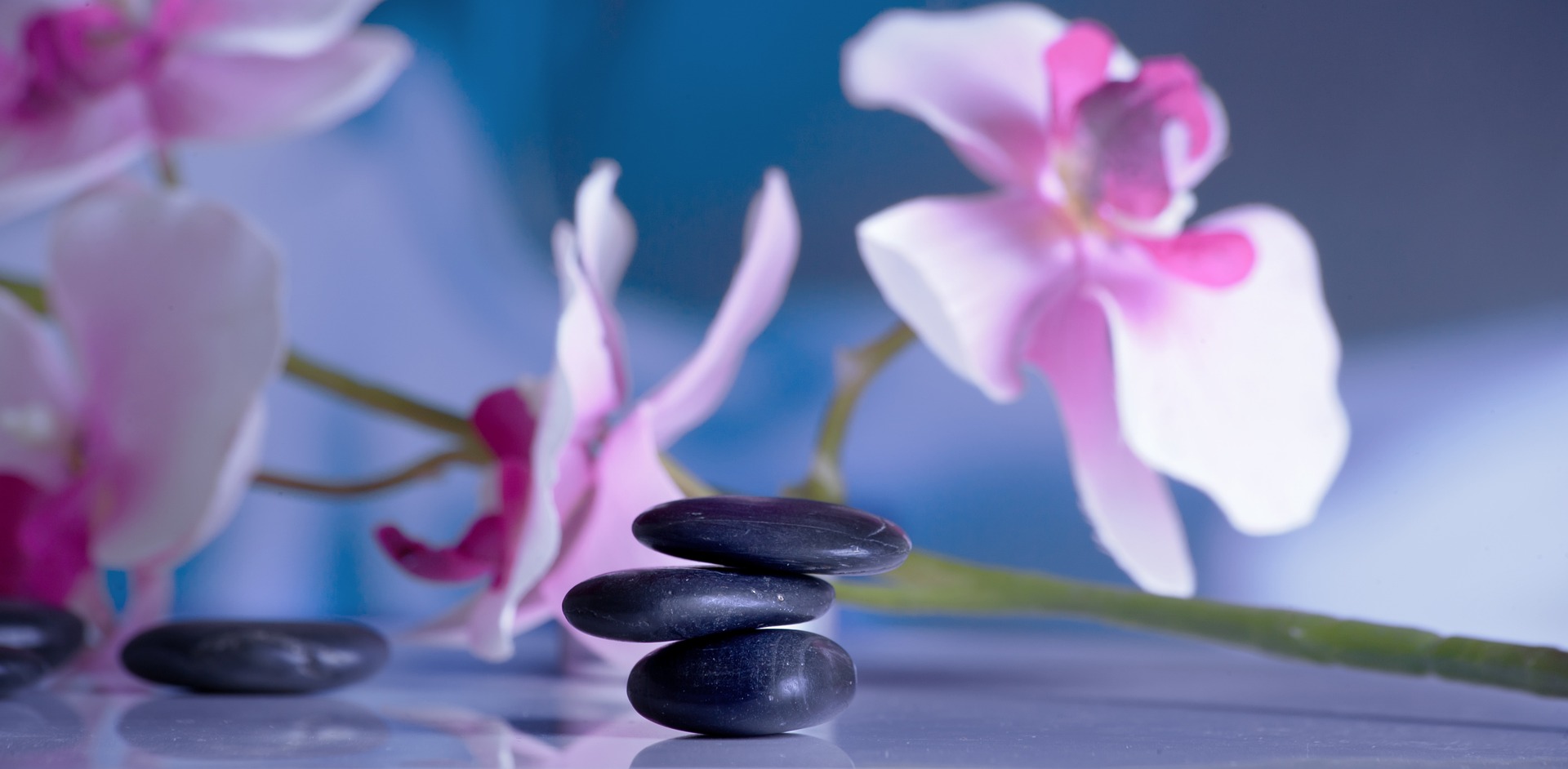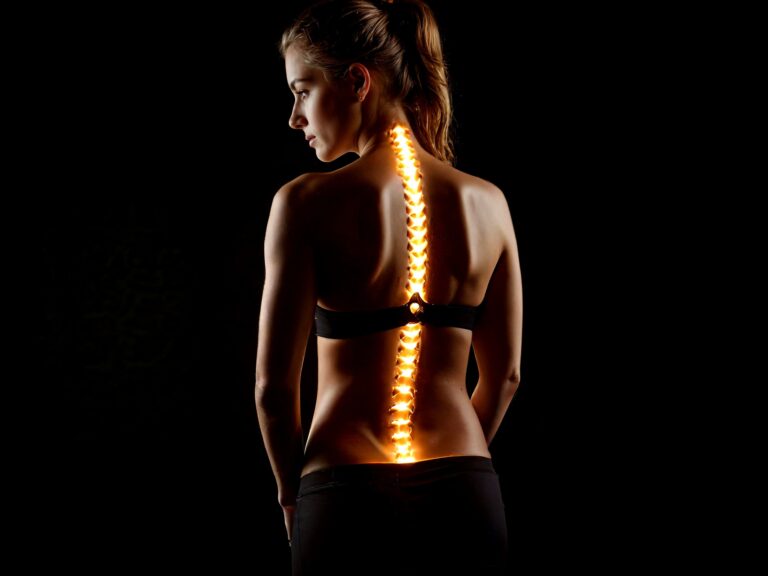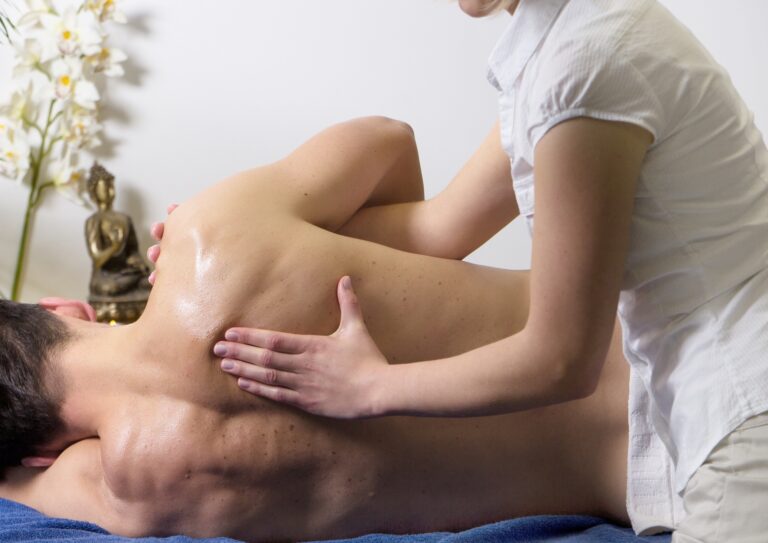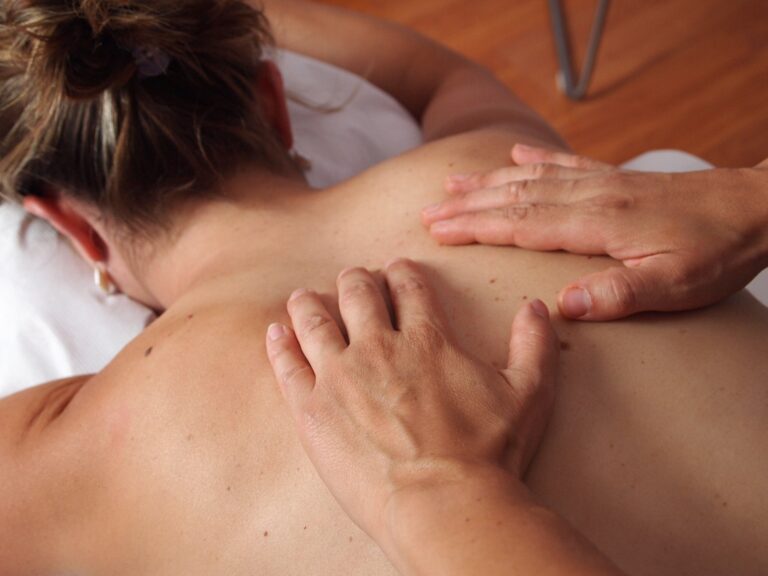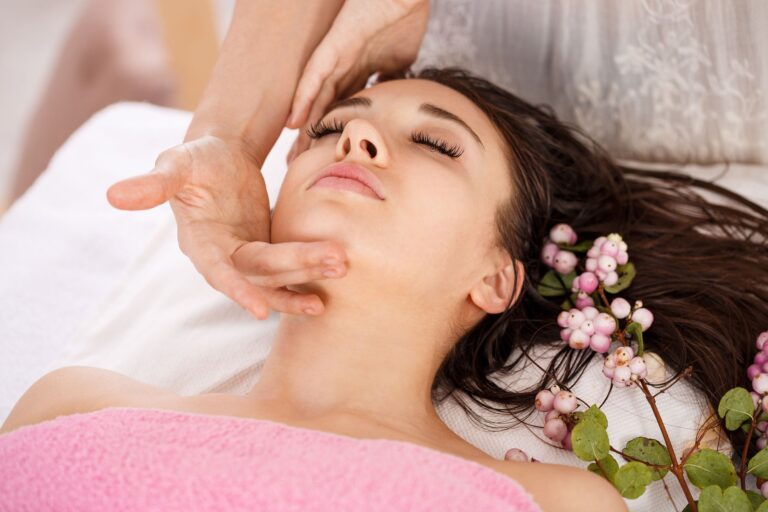A Beginner’s Guide to Different Types of Massage: Which One Is Right for You?
Choosing the right massage can be overwhelming with so many styles available, each tailored to meet specific needs. This guide breaks down the most popular massage types, from Swedish to deep tissue to aromatherapy, to help you choose the ideal massage for your goals, whether you’re seeking relaxation, pain relief, or muscle recovery.
1. Swedish Massage
- What It Is: This classic massage style is ideal for relaxation, using long, gliding strokes, gentle kneading, and circular movements.
- Best For: Beginners or anyone looking to relax and de-stress. Swedish massage also helps improve circulation and ease minor muscle tension.
- Pressure Level: Light to medium
- Good to Know: If you’re new to massage, Swedish is a great starting point. The light-to-moderate pressure won’t feel too intense, but it’s effective for overall stress relief.
2. Deep Tissue Massage
- What It Is: Deep tissue massage focuses on the deeper layers of muscles and connective tissues using slow strokes and firm pressure to release chronic tension.
- Best For: Individuals with chronic pain, muscle tightness, or stiffness, often from repetitive movements or strenuous physical activity.
- Pressure Level: Firm to very firm
- Good to Know: Deep tissue massage may cause some discomfort, especially in areas with a lot of tension. Make sure to communicate with your therapist if the pressure is too intense.
3. Hot Stone Massage
- What It Is: Hot stones are placed on specific points of the body to relax muscles and relieve tension, combined with massage techniques to provide a soothing experience.
- Best For: Those looking to deeply relax, reduce muscle stiffness, or ease joint pain.
- Pressure Level: Light to medium, depending on personal preference
- Good to Know: The warmth from the stones can be incredibly comforting and is especially beneficial for those with poor circulation or who tend to feel cold.
4. Aromatherapy Massage
- What It Is: Aromatherapy massage integrates essential oils with traditional massage techniques to enhance mood, promote relaxation, and address specific concerns like stress, anxiety, or sleep issues.
- Best For: Anyone looking for a relaxing, mood-boosting experience, or those interested in the therapeutic benefits of essential oils.
- Pressure Level: Light to medium
- Good to Know: Essential oils can be tailored to your needs—lavender for relaxation, eucalyptus for congestion, or peppermint for invigoration. If you have sensitivities, mention them before the session.
5. Sports Massage
- What It Is: This massage type is designed to support athletic performance, using targeted techniques to prevent or address sports-related injuries, improve flexibility, and enhance recovery.
- Best For: Athletes, gym-goers, or anyone who regularly engages in physical activity.
- Pressure Level: Medium to firm
- Good to Know: Sports massage can be customized for pre- or post-workout needs. Let the therapist know your specific activities and areas of soreness to get the most benefit.
6. Shiatsu Massage
- What It Is: Shiatsu, a Japanese massage technique, uses finger pressure on acupressure points to release blocked energy, balance the body’s energy flow, and promote overall well-being.
- Best For: People looking for a holistic approach, interested in energy flow, or those who prefer a massage without oils or lotions.
- Pressure Level: Varies, typically involves rhythmic pressure
- Good to Know: Shiatsu is done on a mat or low table, with the client fully clothed. It’s ideal for those who prefer a gentle, non-invasive approach to massage.
7. Reflexology
- What It Is: Reflexology focuses on specific pressure points in the hands, feet, and ears that correspond to other areas of the body, with the goal of promoting overall health and relaxation.
- Best For: Those interested in natural healing methods, or anyone looking to address specific health concerns through a non-invasive technique.
- Pressure Level: Light to firm, depending on preference
- Good to Know: Reflexology can be surprisingly effective for reducing stress and improving energy levels, even though it focuses on small areas like the feet.
8. Thai Massage
- What It Is: Thai massage combines stretching and pressure points to improve flexibility, relieve muscle tension, and promote a sense of balance. It’s often described as a mix between massage and yoga.
- Best For: People seeking a more active experience that incorporates stretching, or those with joint pain and stiffness.
- Pressure Level: Medium to firm
- Good to Know: Thai massage is typically done on a mat on the floor, with the client wearing loose, comfortable clothing. The therapist uses hands, feet, and elbows to stretch and manipulate the body, which can be intense but very beneficial.
9. Trigger Point Therapy
- What It Is: This technique targets “trigger points” or muscle knots that cause pain in other areas of the body. The therapist applies focused pressure to relieve pain and tension in these areas.
- Best For: People with localized pain, chronic tension, or headaches often caused by muscle knots.
- Pressure Level: Firm, focusing on specific points
- Good to Know: Trigger point therapy can be intense and may cause temporary discomfort, but it’s effective for chronic pain management. Be sure to communicate with the therapist if the pressure feels too intense.
10. Lymphatic Drainage Massage
- What It Is: This gentle massage promotes the movement of lymph fluids around the body, helping to remove waste and toxins from the tissues.
- Best For: Individuals with swelling, fluid retention, or those recovering from surgery or injury.
- Pressure Level: Very light
- Good to Know: Lymphatic drainage is not a typical “relaxing” massage, but it’s highly effective for reducing swelling and supporting the immune system.
Tips for Choosing the Right Massage
- Identify Your Goal: Are you looking to relax, relieve pain, improve flexibility, or address a health issue? Different massages meet different needs, so define your main goal.
- Consider Your Comfort with Pressure: If you’re sensitive to pressure, start with something gentle like Swedish or aromatherapy. For deeper work, try deep tissue or sports massage.
- Communicate with Your Therapist: A good therapist will adjust their techniques based on your feedback, so don’t hesitate to speak up if you need less or more pressure.
- Think About Frequency: If you’re dealing with chronic pain, you might benefit from regular deep tissue or sports massages, whereas monthly Swedish or aromatherapy sessions can be effective for relaxation and stress management.
Choosing the right massage can transform your experience from a simple relaxation session to a tailored health and wellness treatment. Whether you’re a beginner or a seasoned massage enthusiast, knowing the unique benefits of each style can help you find the perfect fit for your needs.

